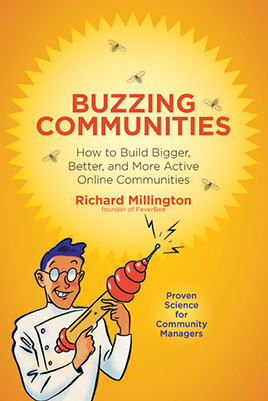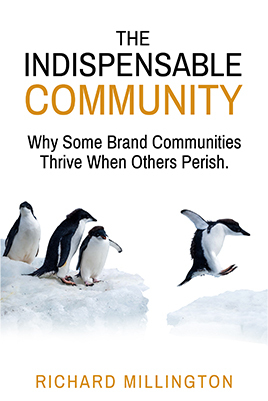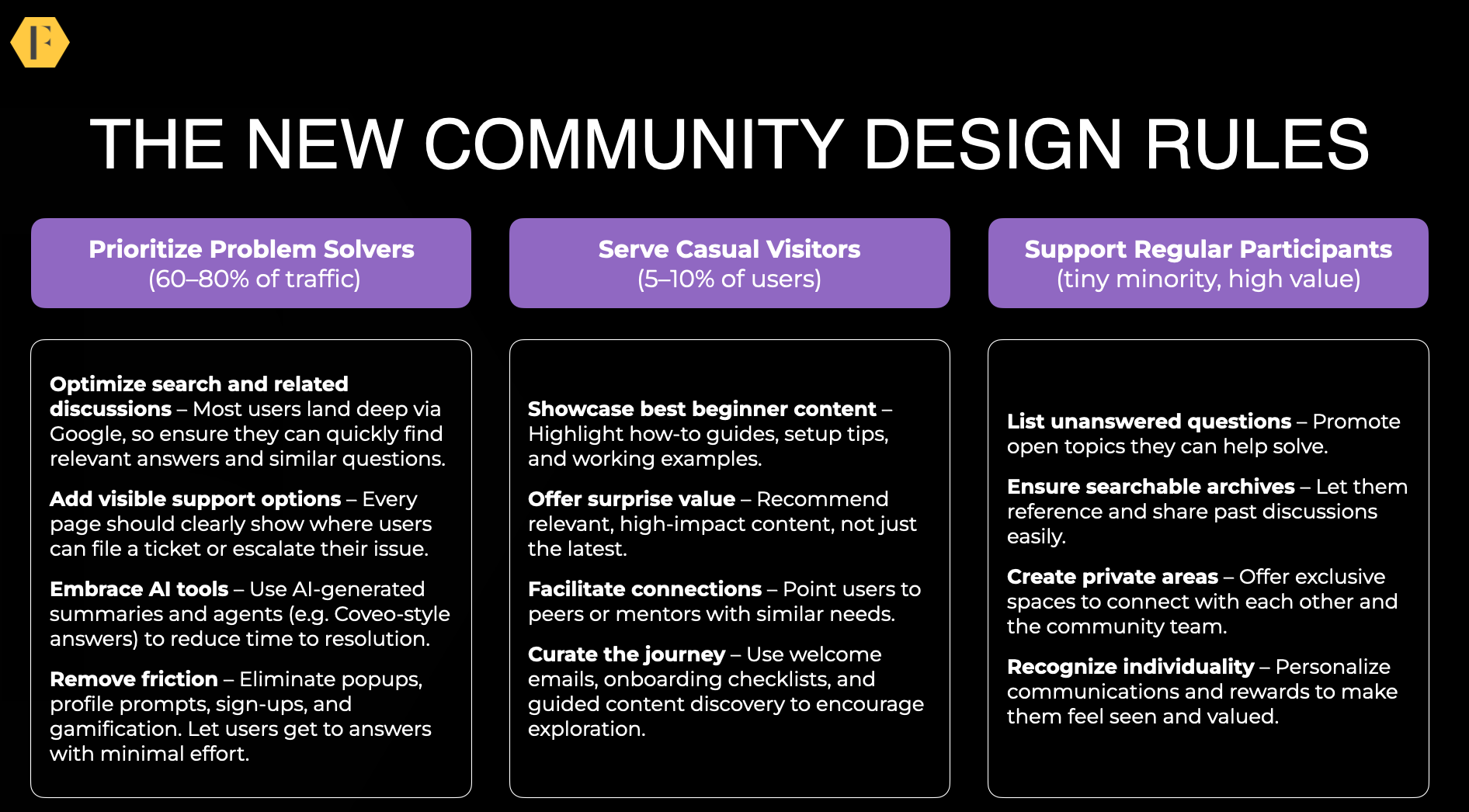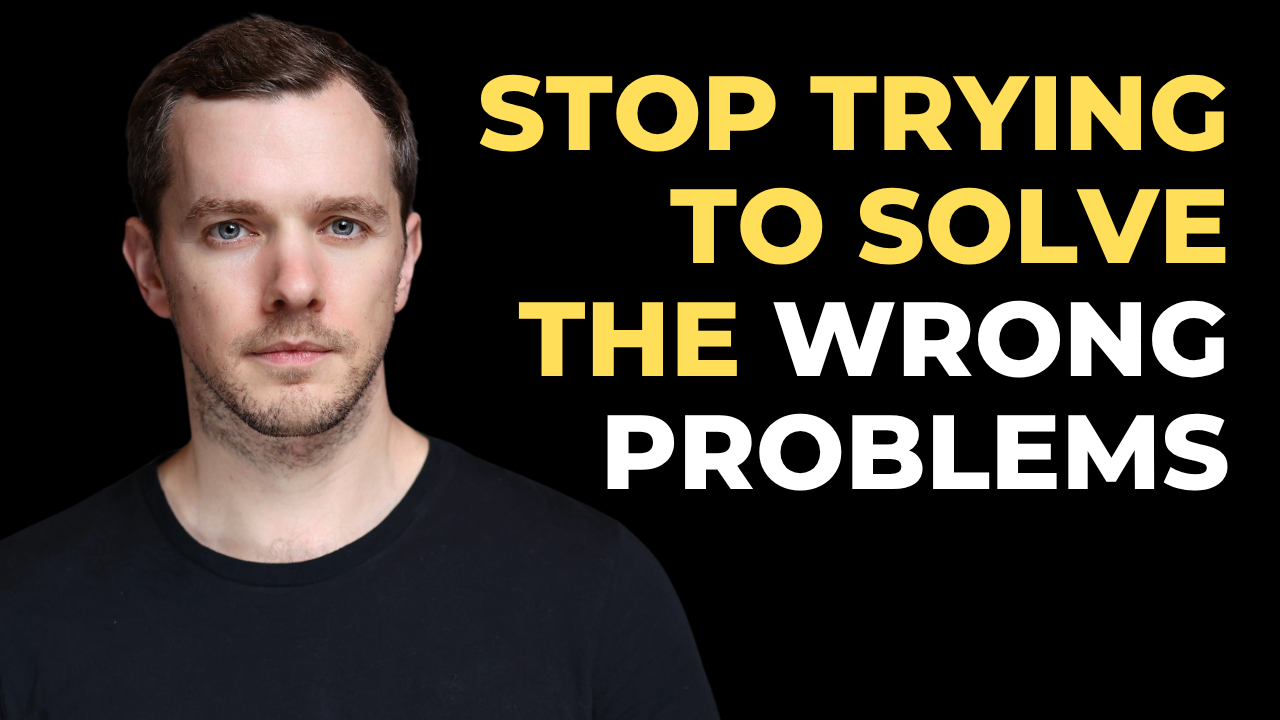You typically have two short and two long windows in the community development process.
It’s handy to know whether you’re in a short or long window to plan your next steps.
The Pilot Phase
The pilot phase, where you attract your first members and reach a critical mass of activity, needs to be achieved within 1 to 3 months (the sooner the better).
If you don’t manage to attract around 300 monthly posts, 100 active participants, with 10 new registrations per day, quickly, you lose momentum and activity dissipates to nothing. This is the approximate level when the community is capable of delivering value to members (knowledge, influence, and relationships) they can’t easily get elsewhere.
There are ways to shortcut the process (hosting large events is one), but it’s typically the result of countless conversations with hundreds, even thousands, of people in a short amount of time.
The Growth Phase
Post-pilot you enter a long window.
This is typically the phase between critical mass and the community having widespread internal support. It can last from months to years.
This is the time to grow the community steadily. Be clear and careful about the culture you’re creating. Define what behavior you will and won’t accept. Figure out where most members are coming from and nurture top members etc…
This phase runs from critical mass until the time you can’t handle the workload by yourself anymore and need further support.
The Community-Kill Zone
This is the immediate post-funding phase.
The kill zone is the time between when the community is so young, cheap, and full of potential, it’s not worth killing and when it’s proven itself indispensable. It’s typically when the community grows from a cost of less than $500 per day to more than $1k per day.
This is a short-window (typically less than 18 months). It’s the time when you need to work hard and fast internally to gain support and demonstrate value. Pure engagement metrics matter less than internal support here.
The Indispensable Phase
This is the long-window.
It’s when you work at an organization with widespread support and you need to maintain (and grow) that support, deliver increasing value to the community, and optimize your processes.
This window lasts indefinitely (but be careful about regressing backwards).
If you’re in a short window, you need to focus on the few core areas that matter and move fast.
If you’re in a long window, you need to make steady improvements across multiple areas.





